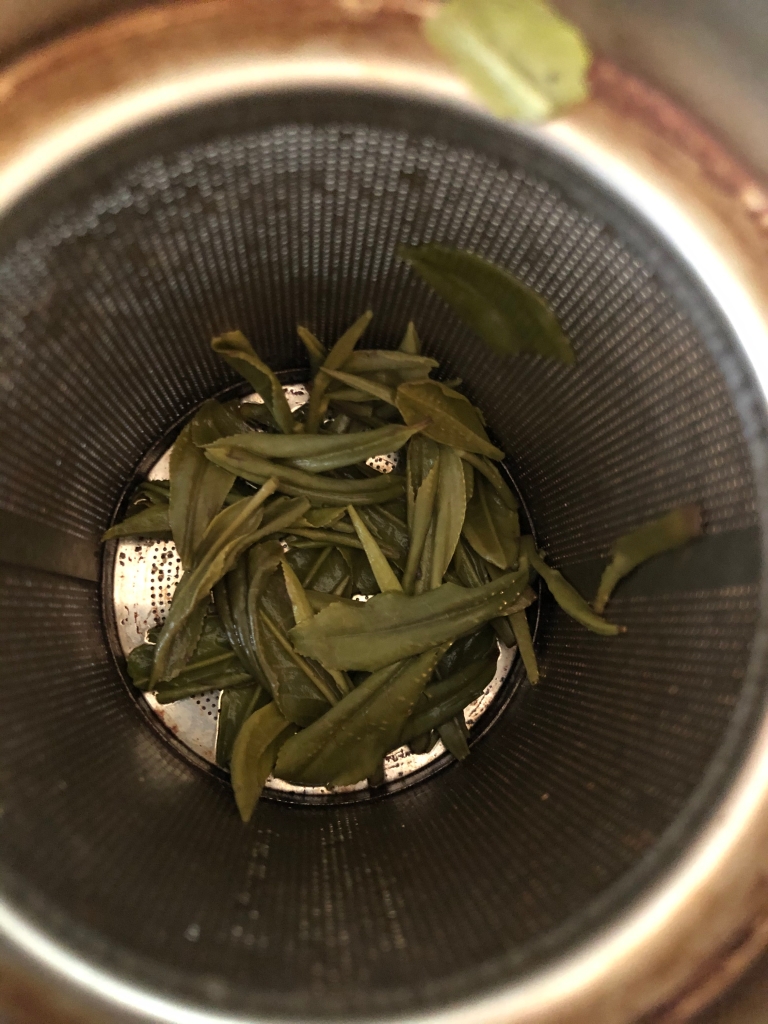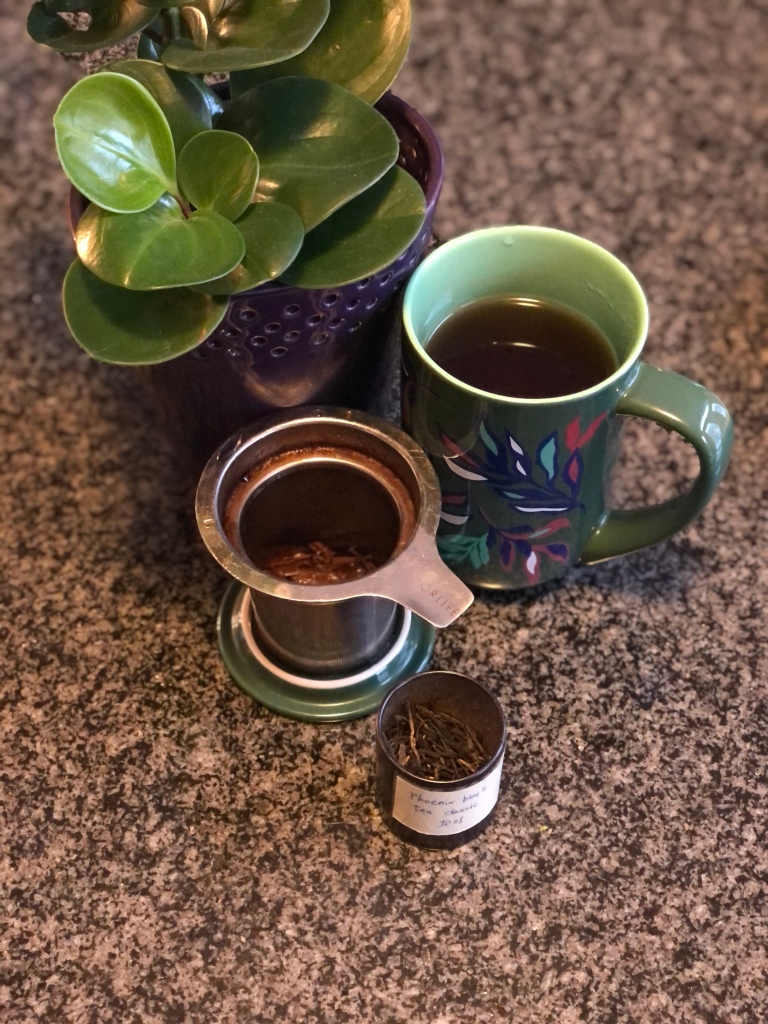Natural Puerh, a tea company from China, recently sent me some wonderful tea samples to try.
Natural Puerh Company, located in Kunming, the capital city of Yunnan, was established in April 2019. As stated on the website: “In this province our company could get the most excepted tea products for any customers. Also Kunming is the natural place for the pu-erh tea fermentation dry ware house! Our company are related to the Bajiao pu-erh tea factory. So the pu-erh tea is our main products. At the same time we are dealing with Deepure matcha and Phoenix black tea these drinks.”
Here are the teas I sampled:
Huangshan MaoJian green tea is first up. This green tea has a beautiful aroma with a light, grassy taste. A nice and fresh tasting green tea. It’s hard to beat the taste of a fresh, unflavoured green tea – bringing me back to the feeling of being on a tea farm.


Phoenix black tea classic has a rich, strong taste of black tea. Just the right amount of flavour you’d expect from a black tea. If any of you out there are still drinking low grade Orange Pekoe from tea bags – this would be a huge improvement for you, in taste, quality and freshness.

Puerh Raw 2018 Guhua is next. This pu-erh has a perfect earthy taste to it. This unique earthy taste found in pu-erh is one of my favourites. More on pu-erh shortly!

Puerh Cooked Yuechen Yuexiang is another earthy pu-erh and it is from the Menghai tea area in China. The aroma reminds me of a lovely spring day, fresh earth, grass, gardens growing – fitting for a tea that is collected in the early spring. Although a distinguished taste that might need to be acquired, earthy pu-erhs are definitely some of my favourite teas.

More on Pu-erh
You probably already know what white, green and black tea taste like, but have you ever tasted pu-erh?

All true teas come from the same plant – Camellia Sinensis. Pu-erh is unique in that the tea is aged and fermented as part of the process. This creates quite a unique flavour profile. Often you’ll find the tea sold in cakes. You may have tried pu-erh in a restaurant – it is sometimes served with fatty foods as it’s known for its digestive properties.

Pu-erh, from old Chinese, translates to black tea. The definition reads: Late 19th century. From Puer (Chinese Pǔ’ěr; also transliterated Pu-erh, etc.), the name of a town in the Yunnan province of China, where the tea was first produced.
Fermentation distinguishes pu-erh from other teas. The leaf may or may not be oxidized, but microbial activity always takes place creating true fermentation. Pu-erh leaves are large and richly coloured, made from oxidized (cooked) or nonoxidized (raw) leaves. They can be found in loose leaf form or compressed into round cakes (beeng cha). The best pu-erh comes from long-lived tea bushes in China from the southern Yunnan Province.
There are two types of Pu-erh tea:
1. Sheng pu-erh (raw or green)
a) Mao Cha – Young green, which needs proper storage and aging
b) Dry storage, naturally aged – The best pu-erh, it is authentic, compressed, caked or bricked
2. Shou pu-erh (cooked or black)
a) Wo Dui (wet-pile fermented) – Usually loose-leaf, ready for consumption
b) Wet storage, quickly aged – Compressed into beeng cha
Sheng pu-erh is plucked and processed through standard methodology, and is then left to air dry followed by being fired. If it is to become raw pu-erh, the leaves are fired completely. The leaf is gathered and turned regularly to create fermentation. Mao Cha is packed into a compressed form and ages for ten years, while undergoing post-fermentation.
Hopefully I’ve convinced you to give pu-erh a try! Happy steeping!
Leave a comment